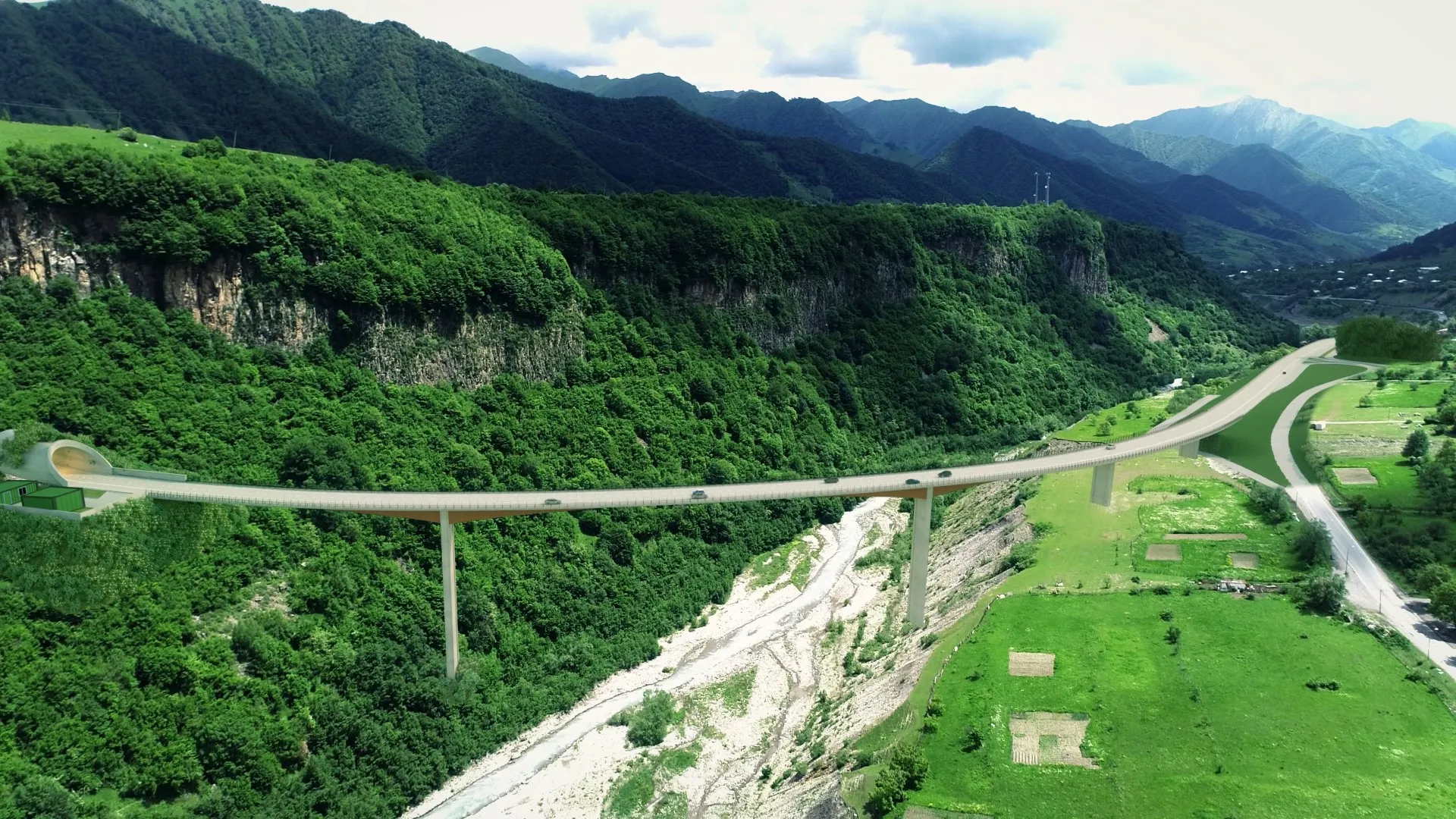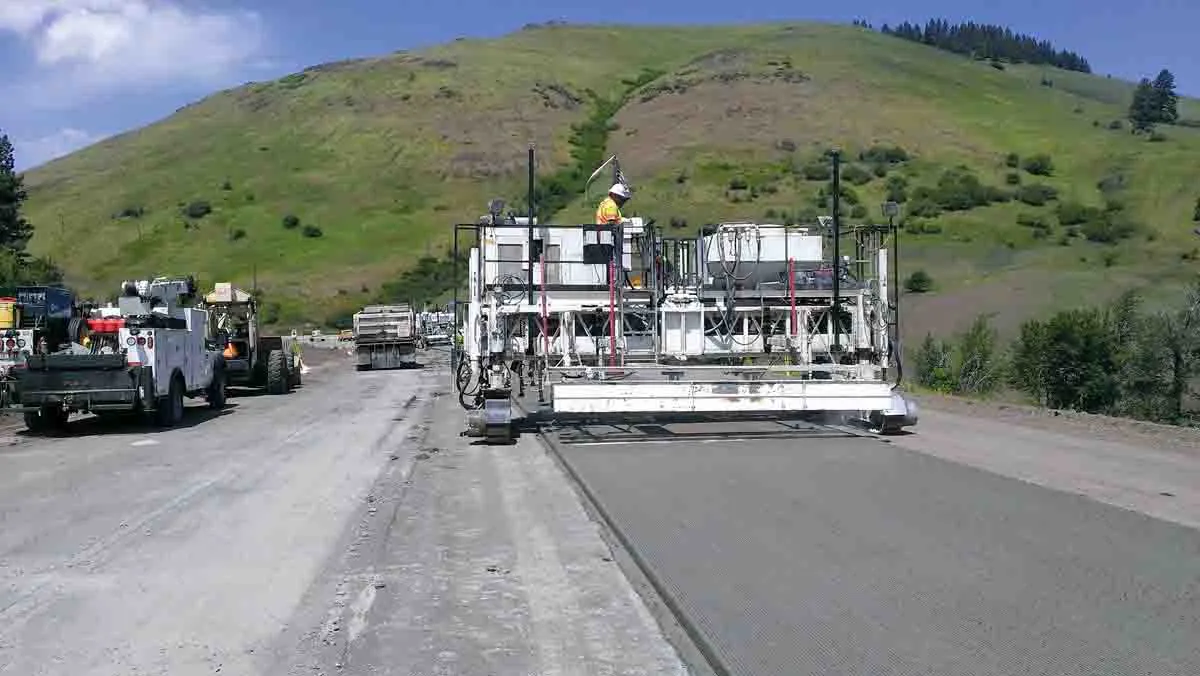
Work is proceeding on the Kvesheti-Kobi road and tunnel scheme in Georgia.
The scheme is part of a larger project, being carried out with Chinese involvement, to establish a trade route between Russia and Armenia that runs through Georgia.
Funding worth €400 million (GEL1.24bn) for the Kvesheti-Kobi part of the project, which is expected to complete by the end of this year, is coming from the Asian Development Bank and the European Bank for Reconstruction and Development.
Plans for Kvesheti-Kobi section - according to the project's website https://kveshetikobiroad.ge/en/ - include building a 23km two-lane asphalt-concrete road, in addition to five bridges and five tunnels.
The total length of the tunnels is 11.5km, with the longest one being 9km long and 15m in diameter. The tunnel will start in the village Tskere and end in Kobi. The rest of the tunnels will be relatively small (1541m, 194m, 388m and 299m).
The total length of the bridges is 1.6km, with one being a 426m long and 166m high arched bridge, which is the most difficult engineering construction. Its arch is 285m long. The project also includes the construction of four small (322m, 218m, 148m and 42m) bridges.








